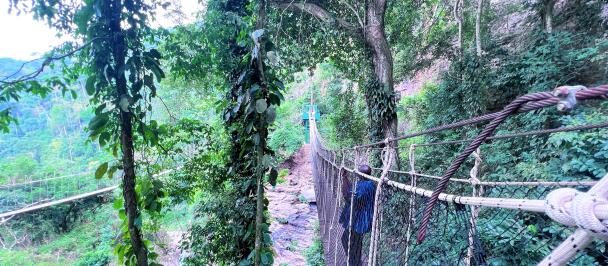Two camps emerged after the 2018 Beijing Summit of the Forum on China Africa Cooperation (FOCAC) where 53 African countries were represented. Some welcomed the opportunity to galvanize investment to drive growth and poverty reduction. Others focused on a growing debt trap. A more balanced view is that the China Africa partnership could help Africa achieve its sustainable development goals if the focus is on the continent’s priorities and the relationship is based on equality, mutual respect and mutual benefit.
This implies that debt must stimulate a high return on investment if Africa is to achieve the aspiration of prosperity “based on inclusive growth and sustainable development” and “sustainable development in its three dimensions – economic, social and environmental – in a balanced and integrated manner” as articulated in the Agenda 2063 and the global 2030 Agenda for sustainable development respectively.
Yet, we don’t know enough about the real cost of rising debt for policy makers to tailor their actions towards sustainable debt financed investments. This is why we are carrying out research, placing people at the centre so as to reveal how debt interfaces with sustainable human development.
This integrated approach identifies reduced investment flows, weak structural transformation and uneven development as ways that debt unsustainability slows Africa’s transformation. What’s more, rising debt amplifies investment risk, hampers economic diversification, and undermines investment in human capital.
Increased volatility and risk
Most African countries are accumulating debt for large infrastructure investments (PDF). Since 2011, debt as a share of GDP has risen dramatically following earlier declines from the Heavily Indebted Poor Country Initiative (HIPC). By 2018, Africa’s gross debt as a share of GDP had risen to 57% from 38% in 2011 (IMF) including much more short term debt and up to 68% under non-concessional terms.
Yet, increased debt has not yet transformed economies. Higher debt burdens are associated with lower manufacturing value added – fewer lucrative jobs. Manufacturing contributes less than 10% to Africa’s GDP compared to the global average of 16% and 23% in East Asia and the Pacific (WDI, 2018). Some countries with the highest levels of public debt as a share of GDP - Cabo Verde, Gambia, Congo Rep, Mozambique and Sao Tome e Principe - have the least manufacturing.
Limited fiscal space
Rising debt repayments also shrink fiscal space already under threat from poor domestic resource mobilisation. This limits public expenditure on health and education which account for only 1.8% and 4.3% of GDP respectively between 2010 and 2017 (WDI, 2018). In 2015, total health expenditures in Sub-Saharan Africa were only 5.4% of GDP compared to the global average of 9.9%, 9.3% in Europe and Central Asia and 7% in both East Asia and Latin America (WDI, 2018).
Missed investment opportunities
Highly indebted countries seem to allocate less public resources to longer term transformative investments. Eighteen African countries provided only 0.3% of GDP to R&D compared to 1.7% for military expenses between 2010 and 2017 (WDI, 2018). Kenya, Morocco, South African and Tunisia allocated up to 0.7-0.8% of GDP to R&D compared to 2.4% in East Asia and Pacific, 1.8% in Europe and Central Asia, and the global average of 2% (WDI, 2018).
Better debt management could spur development
To turn this tide from rising debt to sustainable investments that eradicate poverty in all its forms, UNDP supports African countries to enhance debt management capacity including risk informed management of diversified resources. Second, going beyond traditional debt financing to encourage long term private investment, impact investment and harnessing of remittances. Finally, we work to strengthen public financial management, domestic resource mobilisation and eliminate illicit financial flows.

 Locations
Locations


